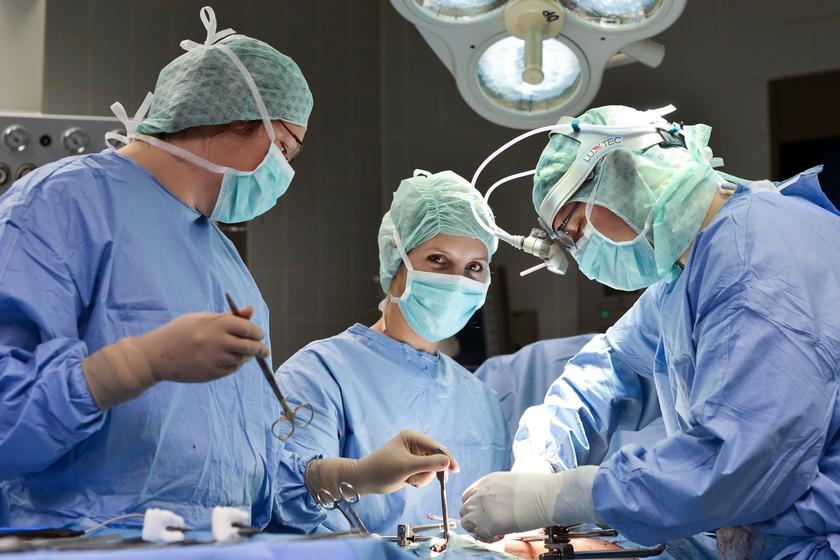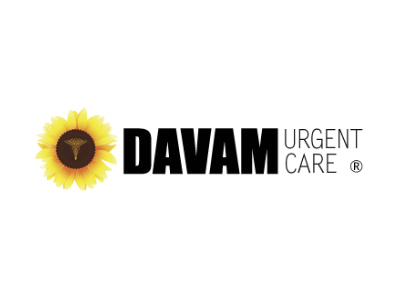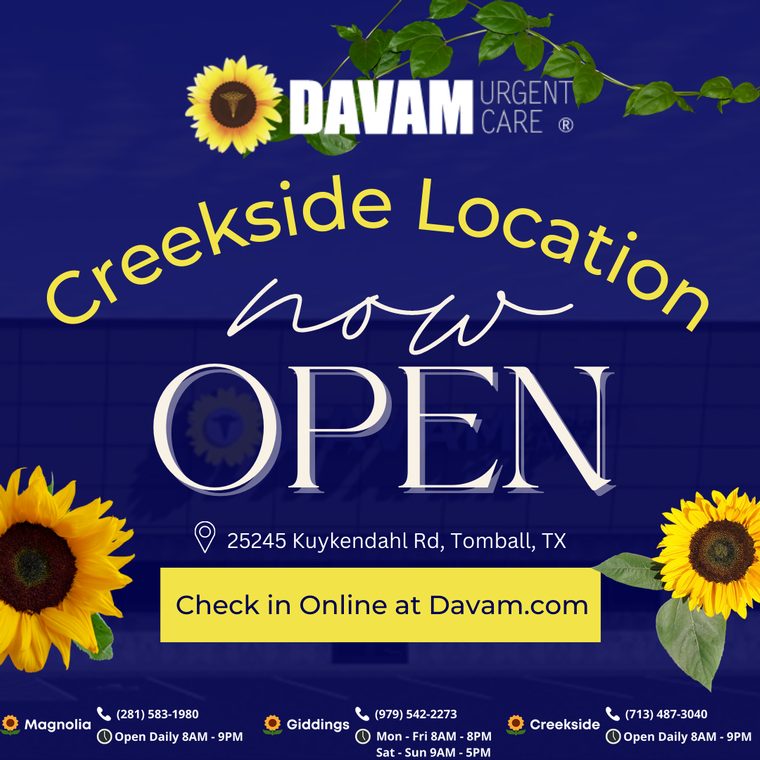- Sections :
- Crime & Public Safety
- Restaurants & Food
- Sports
- More
Happy New Yeouch! Holiday injuries and how to avoid them (or where to get them treated if you don’t)

THE WOODLANDS, TX – By their nature, holidays increase incidents of injuries significantly, especially in the form of preventable accidents and situations.
A 2010 study – Epidemiology of Pediatric Holiday-Related Injuries Presenting to U.S. Emergency Departments – investigated eight major holidays in the U.S. and found that approximately half a million holiday-related injuries were treated at emergency departments between 1997 and 2006 for children up through age 18. While Labor Day, Memorial Day, Independence Day, and Halloween were the holidays with the highest number of injuries per year overall, New Year’s has a higher injury count than Christmas.
Other findings from the study were that overall, boys sustained 62 percent of the injuries, nearly 30 percent of injuries were in children younger than 5, and the greatest proportion of deaths occurred around the Fourth of July and New Year’s.
“On New Year’s, those aged 15 to 19 years had a significantly greater proportion of injuries compared with all other holidays,” wrote the authors.
Here is a sampling of things that can make life and limb go wrong more during the holidays.
Drunk Driving
A recent report by ForbesAdvisor revealed that more than 42 percent of all traffic deaths in Texas are caused by drunk drivers. The state also had the third-highest rate of underage drunk drivers involved in fatal car crashes: nearly one for each 100,000 licensed drivers.
In Texas, there are nearly 340 DUI arrests made per 100,000 licensed drivers, and five people are killed in car crashes involving a drunk driver for less than every 100,000 Texans, according to the report. The Lone Star State averages three deaths a day – every day – from a drunk driving incident.
According to the Insurance Institute for Highway Safety, New Year drunk driving deaths exceed those of any other day of the year; nearly two-thirds of New Year’s auto accident deaths are caused by drunk drivers. The typical percentage of DWI accident deaths for any other day of the year during that same period is closer to one-third.
Naturally, it’s easy to avoid being a drunk driver or getting into the car with one. Plan ahead and rent a limo or have the latest Uber and Lyft updates on your phone. Buy tickets to a party based in a hotel ballroom and then just stay the night in a suite. Or celebrate in style at home.
Pedestrian Accidents
Fortunately, the Houston Metropolitan area isn’t much of a ‘walkabout’ town; we tend to use our cars even when driving down the block. However, The Woodlands has enough walking and jogging trails that can make you be the victim of a road accident even when you’re not driving.
The New Year’s Eve and Day holiday period is one the worst for pedestrian accidents, injuries, and deaths. According to the National Highway Traffic Safety Administration, between 2008 and 2012, more pedestrians died in traffic crashes on New Year’s Day than on other days of the year. You are 1.7 times more likely to be killed while walking on New Year’s Day than any regular day, and that risk increases if you are intoxicated.
Fortunately, many pedestrian injuries elsewhere are due to icy roads, something The Woodlands almost never suffers from. Even so, and even stone-cold sober, you can be the victim of a drinking-related pedestrian accident. If you’re walking – or biking – on Woodlands area roads, wear bright clothes with reflective striping, use lights, and keep wary watch on every vehicle that even looks like it might get close to you.
Alcohol Poisoning
CDC statistics show that nearly 20 percent of American adults binge drink four times per month, averaging eight drinks in a binge drinking period. Though a common problem among those aged 18-34, adults aged 64 and up binge drink an average of five to six times per month. Fortunately, alcohol consumption among underage people – ages 12-20 – has tended to decline, but New Year’s has brought out the drinking beast for many a youngster, who frequently is unaware or uneducated on how quickly and how much alcohol can do damage to a body.
New Year’s Day in 2009 was an especially bad day for underage drinkers, according to a study published by the Substance Abuse and Mental Health Services Administration (SAMHSA), which showed that emergency room visits and admissions for alcohol-related injuries and alcohol poisoning were up more than 250 percent that day.
It’s easy to say ‘don’t drink’ to encourage someone to avoid alcohol poisoning, but the truth is – especially on the holiday weekend – the temptation will be too great for many. So the alternative is to know your limits and to be aware of your alcohol intake. The Centers for Disease Control encourages no more than two standard drinks – equalling 0.6 ounces of pure alcohol – in one day for men and no more than one for women. A good rule of thumb is to have a glass of water for every drink you take.
Fireworks – Personal Injuries and Property Damage
In 2022, there were more than 10,000 firework-related injuries – down from a near-record 15,600 in 2020 – in the country, about three injuries per 100,000 people, according to the annual fireworks report from the U.S. Consumer Product Safety Commission. The commission also says there were at least 11 people who died from firework injuries last year.
The most frequently injured body parts are the . Burns hands, head, neck, and eyes are the most common injuries. In addition to blindness, third degree burns and permanent scarring, the use – amplified by mishandling and misuse – of fireworks can also cause life-threatening home and vehicle fires.
Personal fireworks are prohibited in The Woodlands, but there are enough adjoining areas where they’re allowed to make this an issue. If you’re determined to set off some fireworks, first off ensure you’re in a part of the area where they’re not prohibited. Follow the directions listed with each unit, and don’t let children handle them no matter how much they insist. It should go without saying to only let sober people around them, but we’ll say it anyway.
‘Celebratory’ Gunfire
It’s simple Newtonian physics: what goes up must come down. For some insane reason, people still insist on firing actual bullets into the air on fireworks-heavy holidays like New Year’s Eve. A bullet fired in the air can travel up to two miles before falling back down at a speed between 300 and 700 feet per second, fast enough to kill you or anyone else. In a published medical article about the epidemiology and clinical aspects of stray bullet shootings in the United States, 252 people were injured and an additional 65 killed by stray bullets in a single one-year period.
When it comes to recklessly discharging firearms blindly into the air, Woodlands Online has one simple word that we can’t even believe we have to utter: Don’t.
Flying Champagne Corks
Yes, eye damage from popped champagne corks really do happen. One study pointed out that champagne corks were responsible for 20% of eye injuries related to bottle tops in the U.S., and more than 25 percent of people who suffered injuries due to pressurized drinks remained legally blind.
The internal pressure in a bottle of champagne is around 5 or 6 atmospheres, racking up to a range of 70 to 90 pounds per square inch – approximately twice or thrice the pressure in your car's tires. A flying cork from a champagne bottle can reach speeds of over 55 mph, and if it hits someone in the eye, it could result in serious damage.
The American Academy of Ophthalmology (AAO) has a public safety campaign called ‘Uncork with Care’ that offers practical advice for safely opening bottles of champagne or other sparkling wines, including putting a towel over the cork and lightly twisting, while holding the bottle away from you at a 45-degree angle.
Okay, now you’re injured; where to go?
The Woodlands, thankfully, is chock full of medical facilities. In fact, we have so many options for healthcare that it could be very easy to not know how or where to choose. Here are three options of varying degrees:
Davam Urgent Care – 6022 FM 1488, Magnolia, TX 77354 (FM 1488 at Egypt Ln)
Chances are, many New Year’s related injuries won’t be life-threatening. If you’re injured but conscious and able to get into a car, then an urgent care center like Davam is the way to go. Urgent care facilities can treat broken bones and sprains, minor burns, cork-embattled eyes, lacerations, animal bites, flu symptoms, and the like. They are offering their normal hours over the holiday period – 8 a.m. until 9 p.m. on both Sunday and Monday.
America’s ER – 32784 FM 2978 Magnolia, Texas 77354 (FM 2978 at Research Forest)
While Urgent Care tends to be less expensive than emergency room treatment, your injury might compel you to seek the next level of injury care. If you or a loved one is more injured or in worse condition than what an urgent care center can treat – or if something happens after hours – then you may want to try a standalone emergency room like America’s ER. This facility also includes its own after-hours urgent care center, which could help your bill depending on the severity of the reason for your visit. If you’re in immediate distress, choose this route.
Memorial Hermann Hospital The Woodlands – 9250 Pinecroft Dr, The Woodlands, TX 77380 (I-45 between Research Forest and Woodlands Parkway)
When in doubt, go for the best. The Woodlands has one of the best medical centers in the world situated within its borders. The Memorial Hermann system can cover every conceivable malady that can befall you over the new year. We’re hoping that you never need to see the inside of its walls for illness or injury reasons, but if you do, rest assured that you’d be in the best possible hands.







